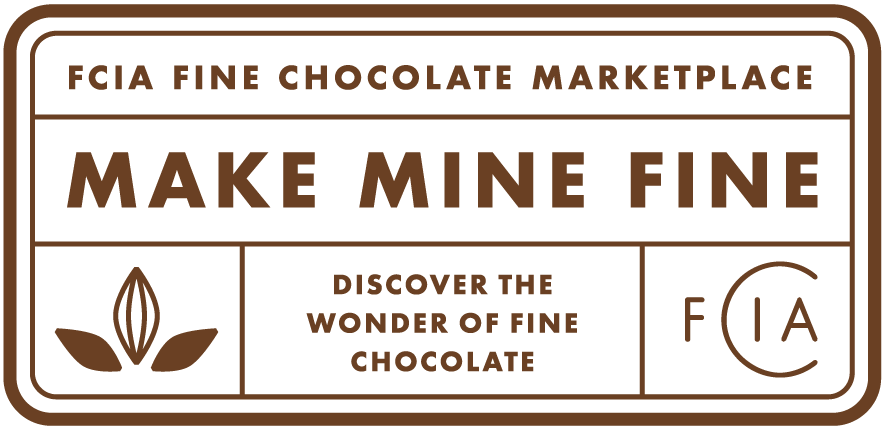Did you know Belize is about twice the size of Jamaica? That it’s the only English-speaking country in Central America, and has a population of less than 400,000 people? That it has pyramids, jaguars, the world’s second longest barrier reef, the largest continuous expanse of tropical rainforest north of the Amazon, and world class cocoa?
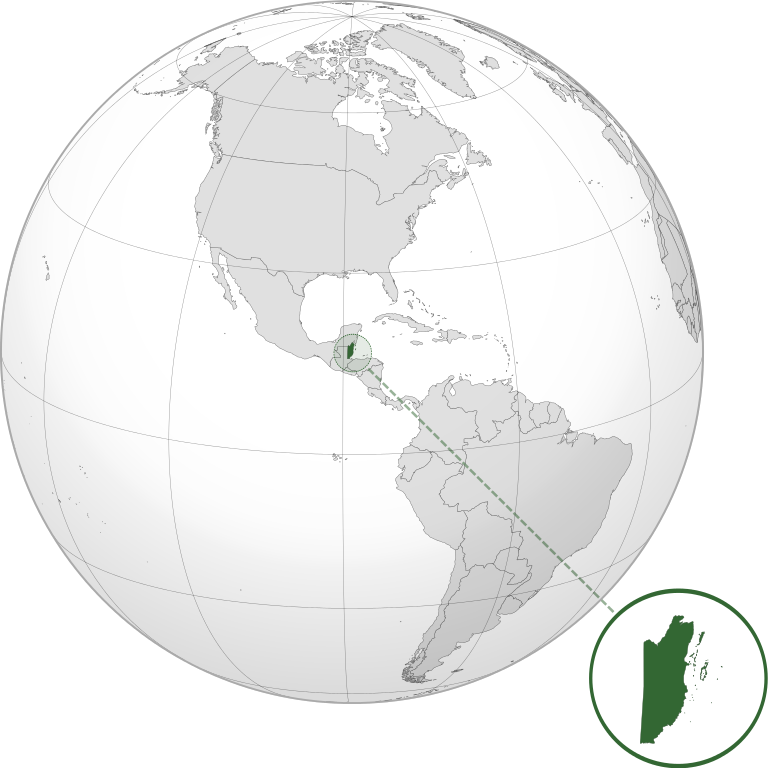
Image credit: Wikimedia
History of Cocoa
Nestled between the Caribbean Sea and Mexico and Guatemala, Belize is home to a growing cocoa industry based on fine flavor varieties carried from South America to Mexico over many centuries. Highly adapted to the local climate, Belize has a wide range of cacao varieties which grow naturally in the wild along with vanilla and cacao’s cousin Theobroma bicolor, also known as Mocambo, Pataxte, or Balam. In fact, it was a Belizean criollo plant that was used to sequence the cocoa genome by the International Cocoa Genome Sequencing Consortium.
Belize has great potential to increase cocoa production as the decline in the citrus industry continues due to disease. It also has a farming base with a deep history of cultivating cocoa using the agroforestal model, decades of large-scale plantation agriculture experience, and excellent planting material.
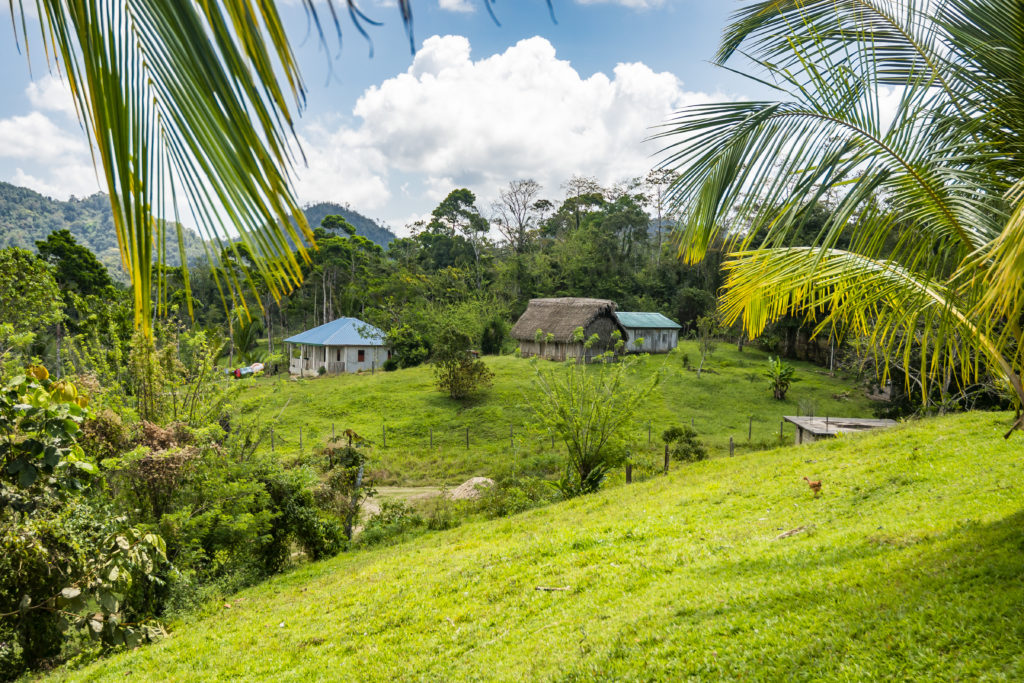
Flavor Attributes
Well-fermented Belizean cacao is generally considered to offer consistent, rich flavor notes of honey, pineapple, raisin, tobacco, and fudge. The versatility of this flavor profile allows for deeply satisfying dark milk chocolate, deliciously approachable 100% cacao chocolate, and everything in between. The pure criollo from BFREE has classic criollo notes of nut, panela, fresh floral, green tea, spicy, very low bitterness, almost milky, with a reddish light brown color.
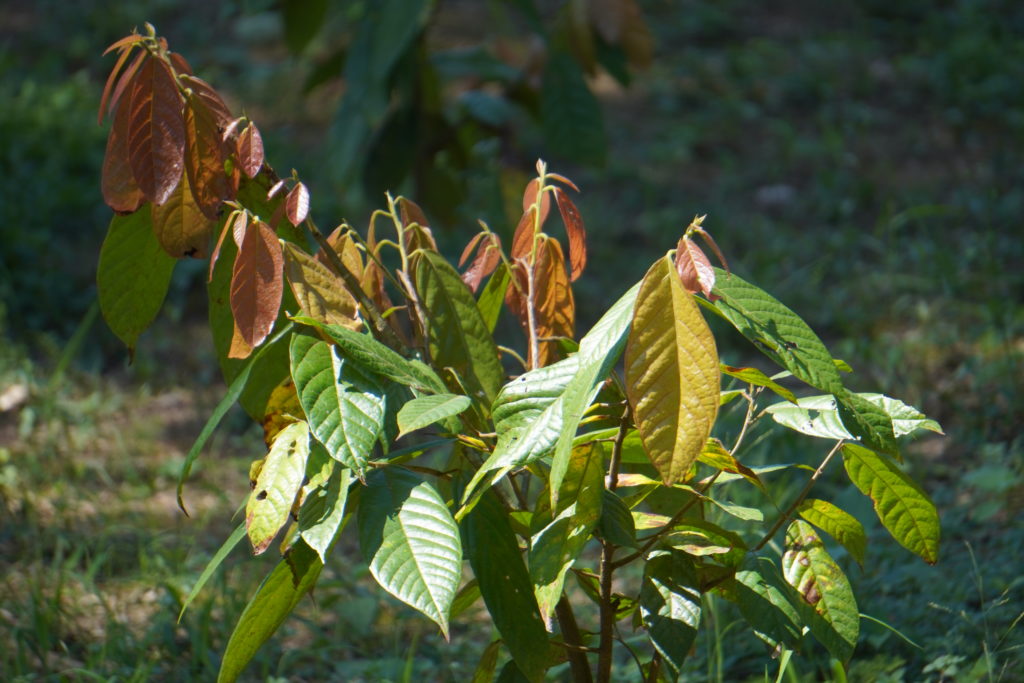
Farming Systems
Most cocoa is grown in the Toledo and Stann Creek Districts of southern Belize by smallholder farmers, and a large percentage of the crop is produced and marketed as organic. Approximately 1300 smallholder farming families make up the cacao growers in the country. Many of these smallholder farmers grow cacao using agroforestry systems, intercropping the cocoa with plantain, avocado, mahogany, and other tree and fruit crops. In addition, in the 1980s the Hershey Corporation set up a large operation to grow cocoa at large scale on the Hummingbird Highway in the Cayo district, while providing training to small growers in the area with support from USAID. The project was abandoned for many years, but has recently been rehabilitated. The estate is now known as Xibun River Estate. The small growers organized into the Toledo Cacao Growers Association after Hershey departed Belize and sold much of the country’s cacao in the 1990’s and early 2000’s as organic and fair trade certified to Green & Blacks Chocolate, now owned by Mondelez. CATIE established several trial plots in the south about 10 years ago as part of the Central American Cacao Project, and planting material is now being produced from these trees. Several larger scale operations are now interplanting cocoa with coconut, with production starting within 18 months of planting.
Interestingly, over 25 years ago, a small stand of wild cacao trees was discovered growing in an established privately protected area owned by a conservation non-government organization called the Belize Foundation for Research and Environmental Education (BFREE). In 2015, beans from the wild trees were submitted for genetic testing to the Heirloom Cacao Preservation Fund (HCP) and the Cocoa Research Center in Trinidad and Tobago. The results determined that this could be the original chocolate tree, genetically 100% pure Criollo parentage, likely grown and revered by pre-Columbian indigenous civilizations from South America and brought to what is today, Belize, and propagated by ancient Mayan Civilizations. The trees are one of the few pure wild cacaos known to exist on the planet, and this same material was used to sequence the cacao genome in 2011.In 2016, the beans were given the designation of “Heirloom Fine Flavor” by HCP. As a result of this discovery, BFREE began a project in 2017 to preserve and propagate this rare and wild ancient heirloom fine flavor cacao while investigating its economic, social, and environmental benefits.
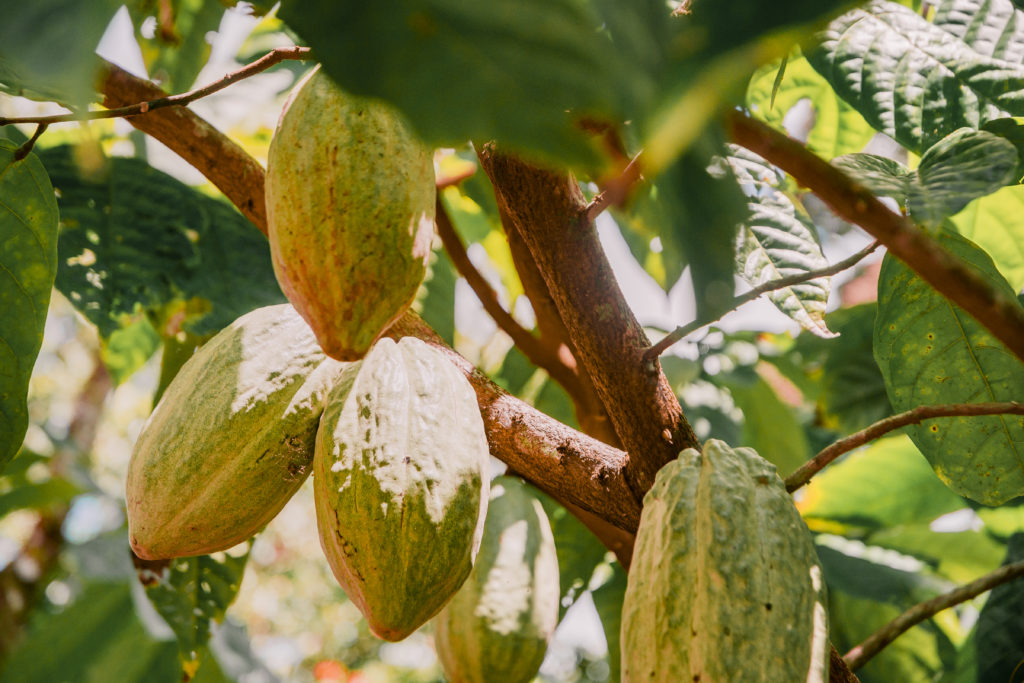
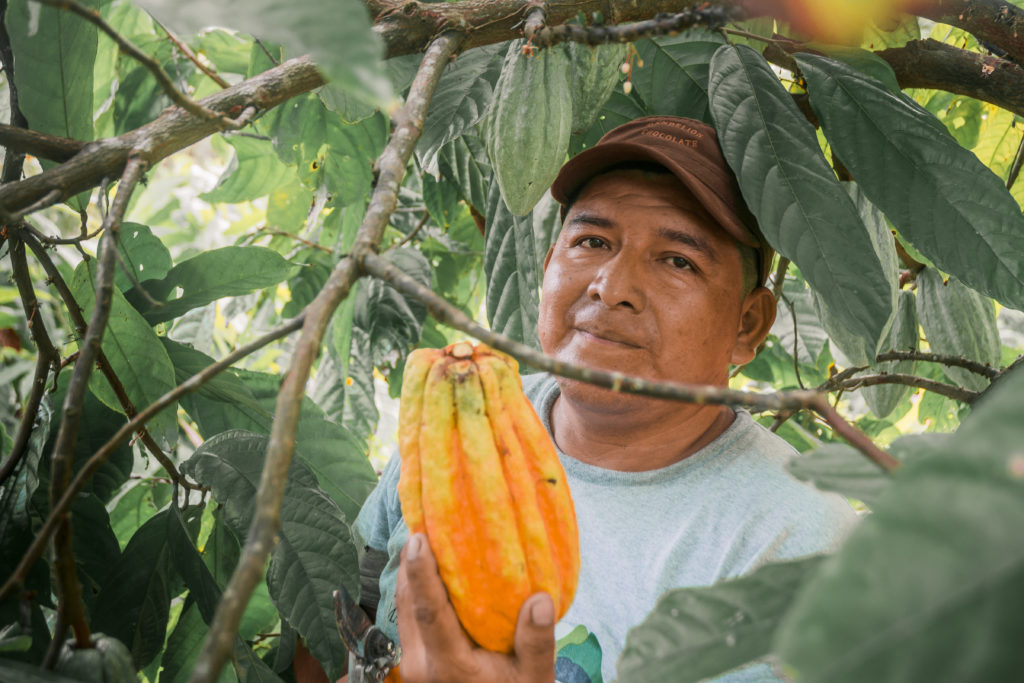
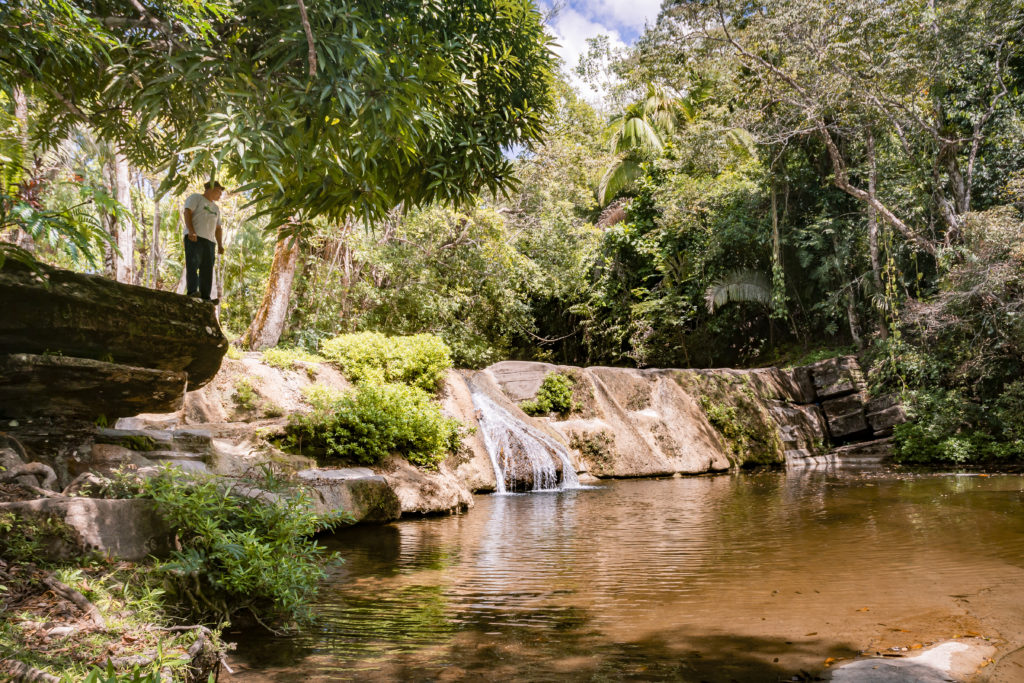
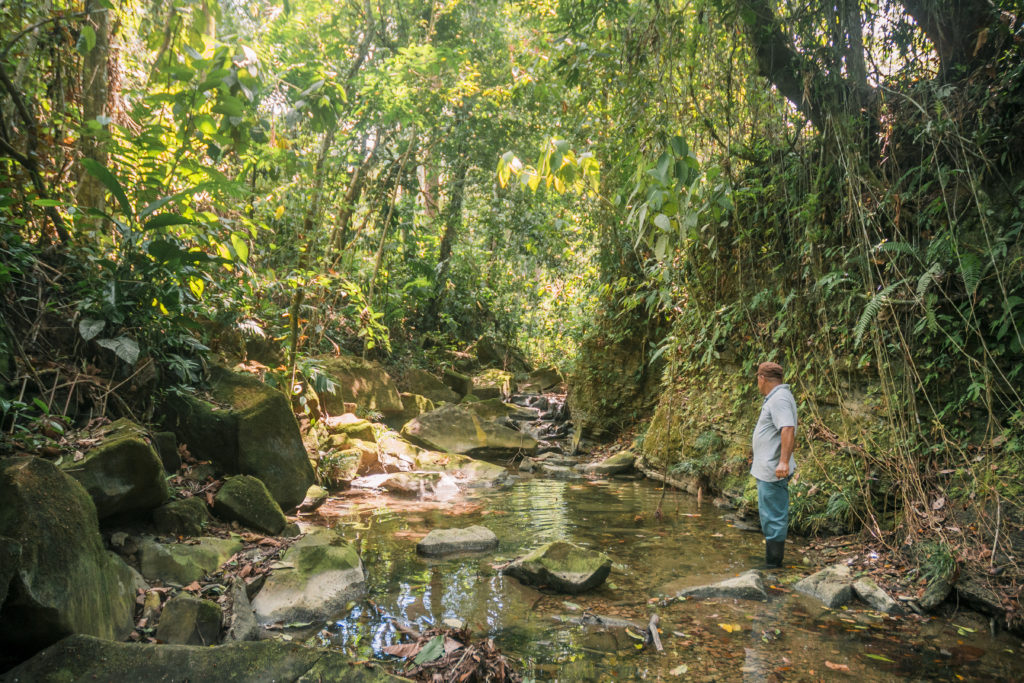
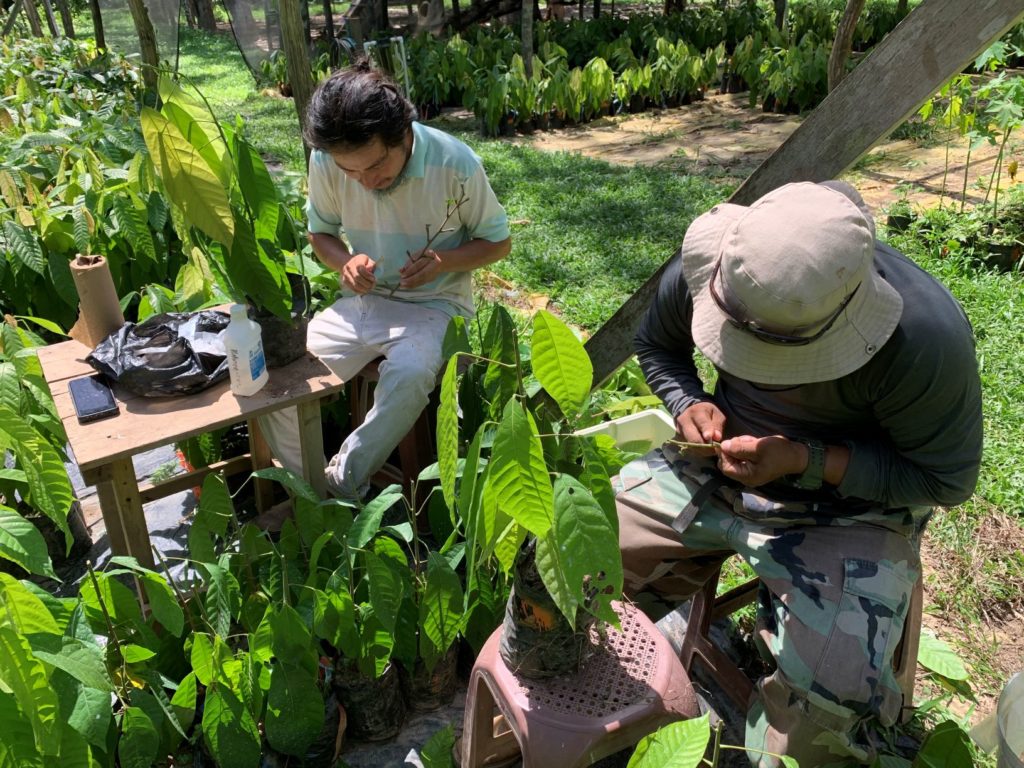
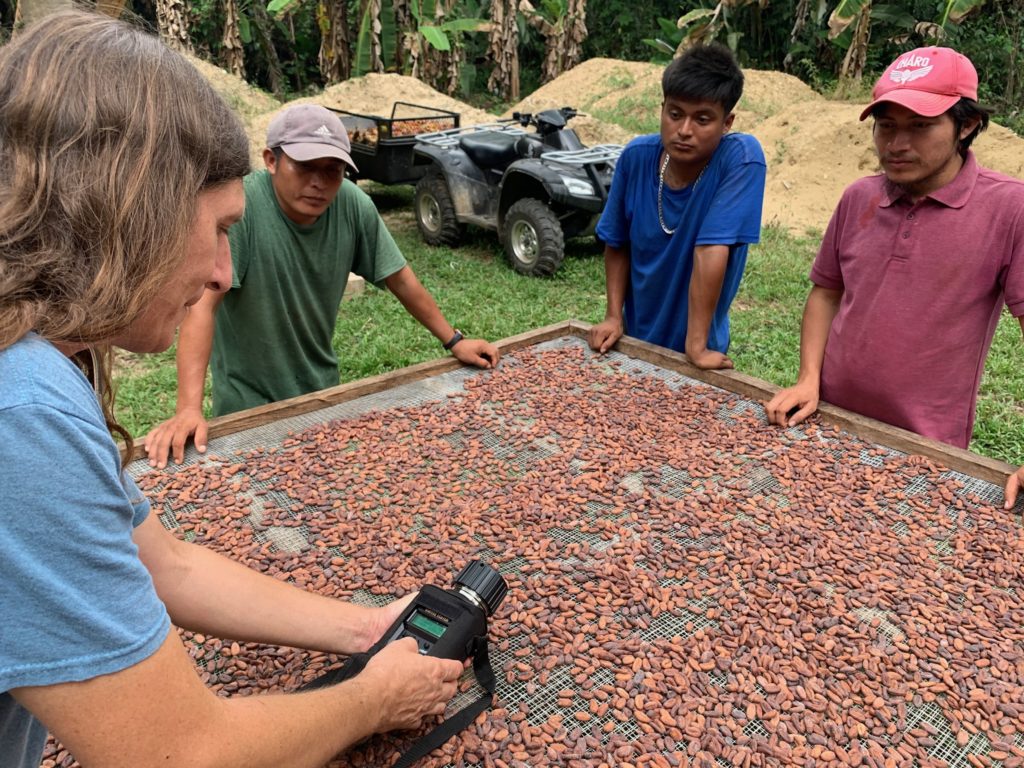
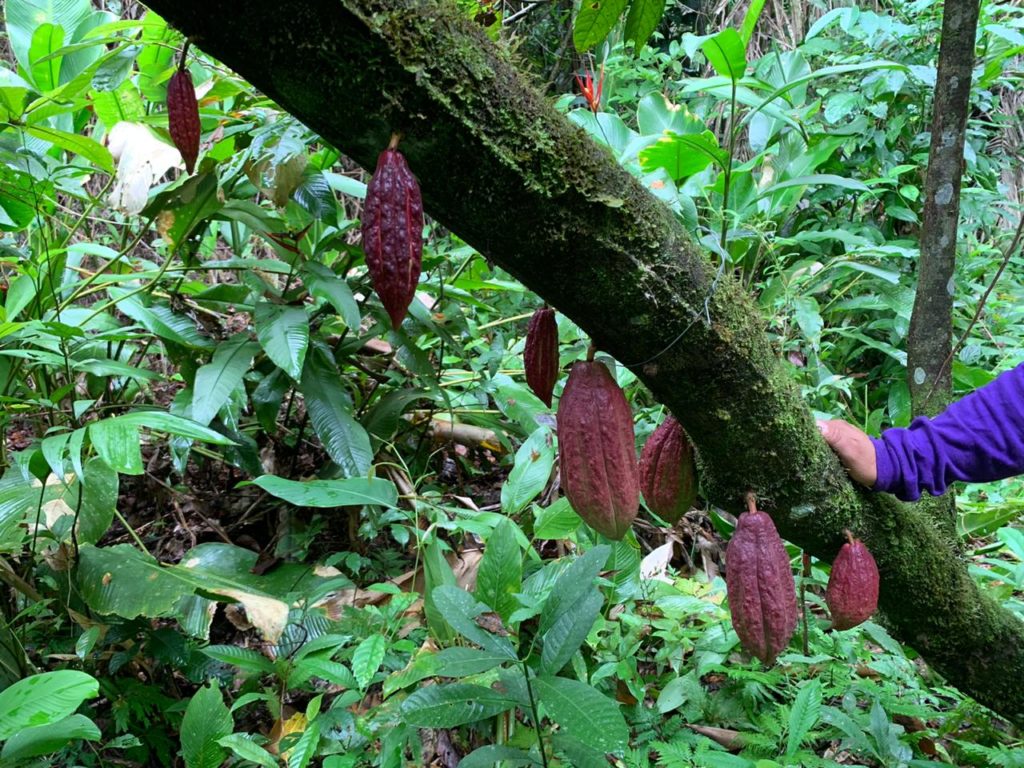
Harvesting & Marketing
Right now, cocoa is sold locally to chocolate makers including the Belize Chocolate Company, Goss Chocolate, Belcampo, Cotton Tree Chocolate, Moho Chocolate, Ix Cacao, Che’il Mayan Chocolate and Mahogany Chocolate who have a strong sales base among tourists to Belize. The majority of Belize cacao—roughly 70%–is exported to craft bean-to-bar chocolate makers in the USA and Europe. Valrhona is also a significant buyer of cacao from Belize.
The key exporter is Maya Mountain Cacao, part of the Uncommon Cacao group. Belize is still a very small origin for cacao, producing less than 150 tonnes per year in total. However, Belizean beans are well recognized in international competitions. Maya Mountain Cacao was awarded a Cocoa of Excellence award as one of the Top 20 cocoa beans in the world in 2019. Bean-to-bar makers using Maya Mountain’s beans have won more than 70 international and U.S. chocolate awards since 2013. In 2015, Maya Mountain cacao received “Heirloom Fine Flavor” designation from the Heirloom Cacao Preservation Fund.
In 2018 Maya Mountain Cacao, Corridgeree Belize and other industry participants formed the Cacao Agroforestry Institute of Belize. The group’s mission is to get cocoa production to scale sustainably. The immediate aims are to continue earlier work done to assess the local varieties for flavor and yield.
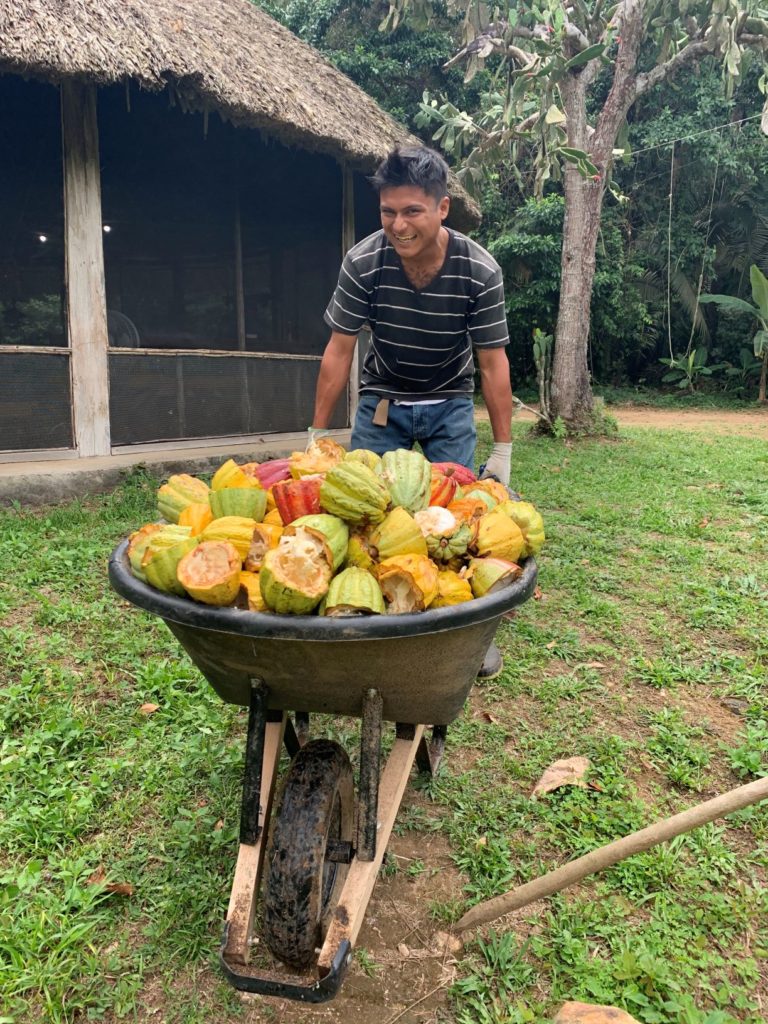
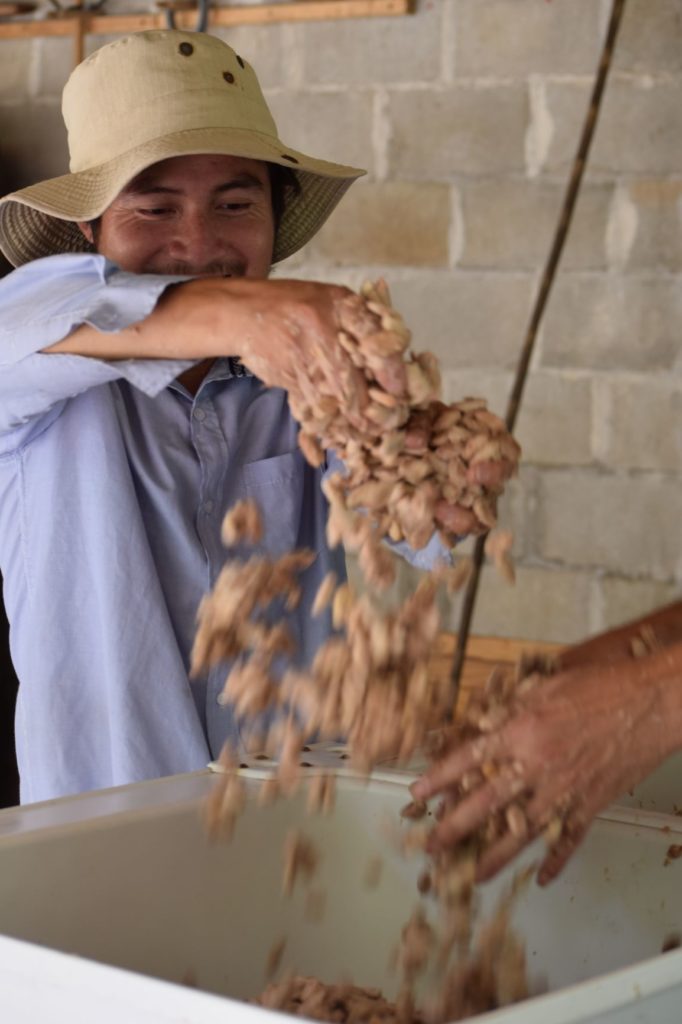
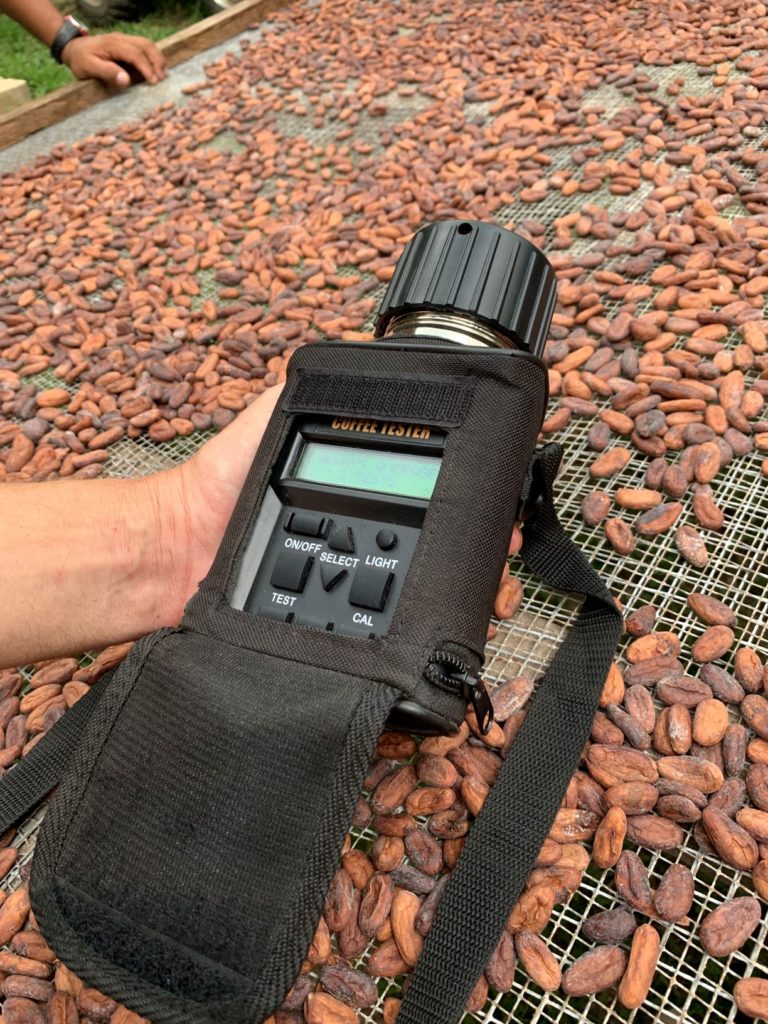
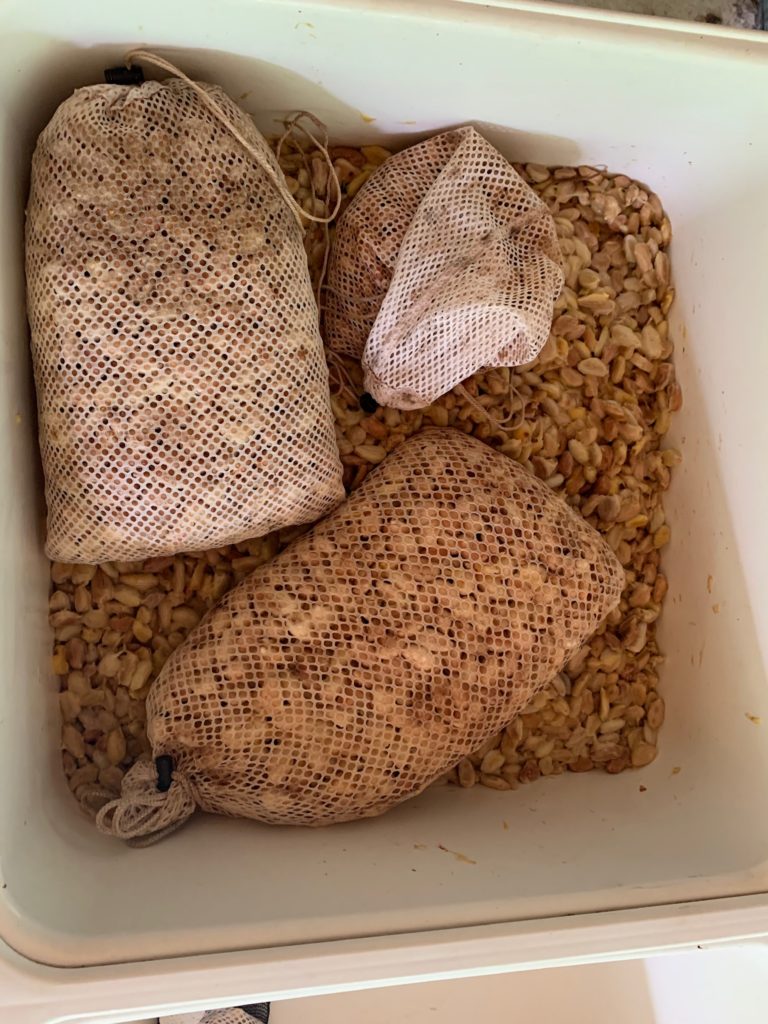
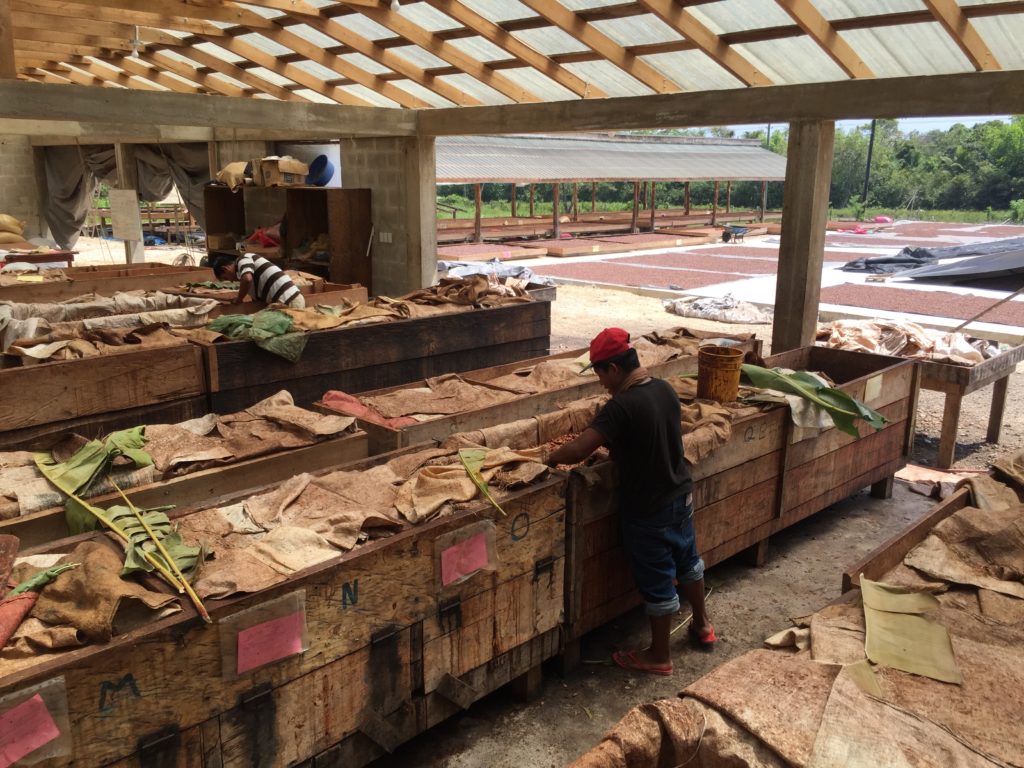
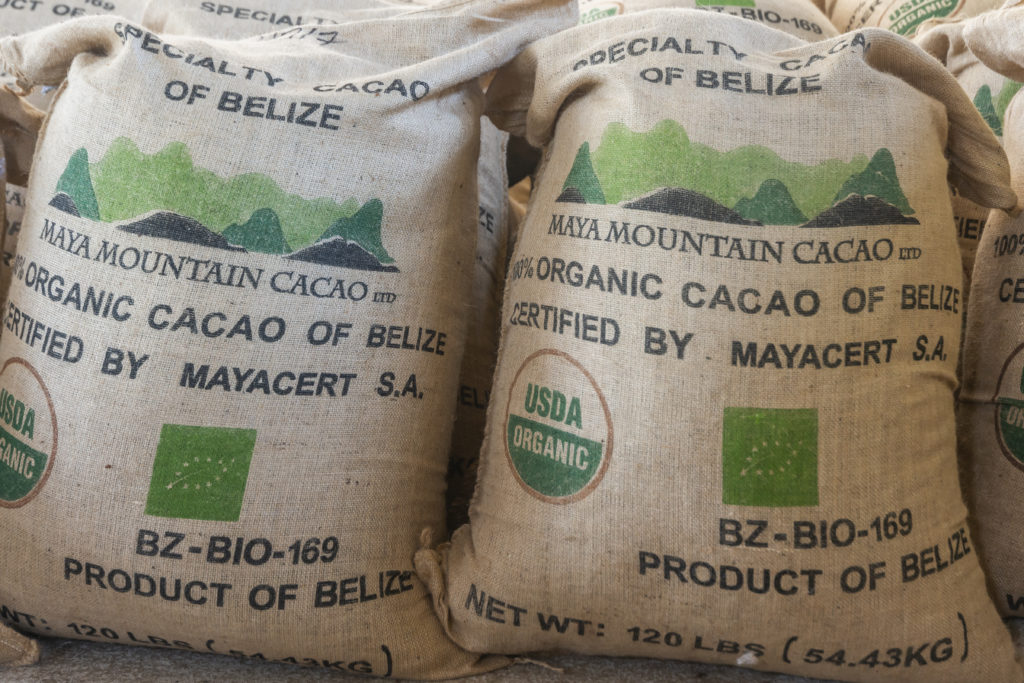
HCP Designees in Belize
HCP #7: Maya Mountain Cacao Ltd. Farmer Network
Maya Mountain Cacao (MMC) is a specialty cacao sourcing company that works across the Toledo, Stann Creek and Cayo districts of Belize. MMC purchases fresh cacao, ferments and dries the cacao, and exports to a variety of specialty chocolate makers in the U.S. and Europe.
In 2015, MMC farmers earned Heirloom Cacao Preservation (HCP) designation for a set of farms in the villages of San Antonio, Santa Elena, and Pueblo Viejo, in the Toledo District. The trees and farms in this designation were carefully selected and submitted by agronomist Dan O’Doherty of Cacao Services Inc.
HCP #11: Belize Foundation for Research and Environmental Education (BFREE) Demonstration Farm
The criollo parentage cacao trees on the Belize Foundation for Research and Environmental Education (BFREE) nature reserve are growing in virgin, primary rain forest, under a heavy tall canopy. The trees are widely and randomly dispersed, presumably having been propagated by natural means.
The BFREE demonstration farm is located on a 1153 acre private reserve that borders 1,500,000 acres of tropical rainforest within the Maya Mountains of southern Belize. Numerous cacao varieties are grown organically under a tall tropical rainforest canopy where wildlife abounds including Jaguars, Tapirs, Howler Monkeys, Harpy Eagles, Scarlet Macaws, and countless other species of wildlife.
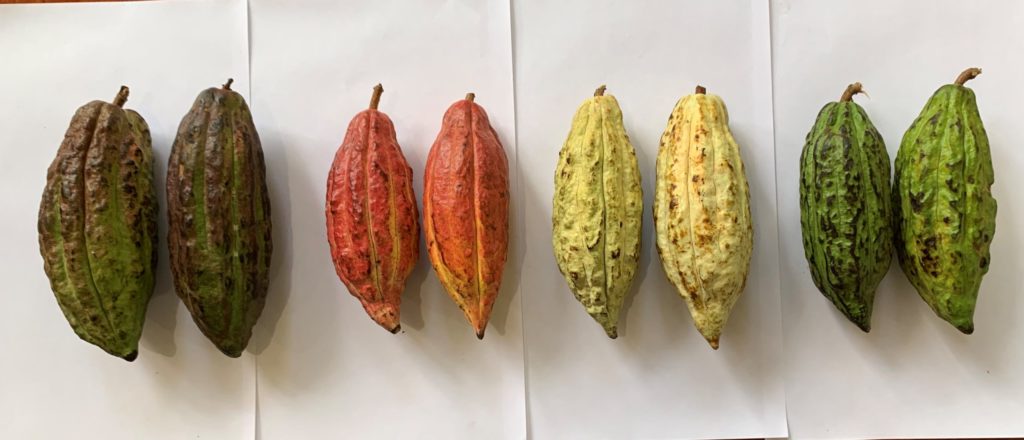
Photo Credit: BFREE
Contacts in Country
US for BFREE
2602 NW 6th St
Suite D
Gainesville, FL 32609
BFREE FIELD STATION
PO Box 129
Punta Gorda
Belize, Central America
FIELD STATION LOCATION
Mile Marker 58
Southern Highway
Belize, Central America
FIELD STATION PHONE
011.501.671.1299
